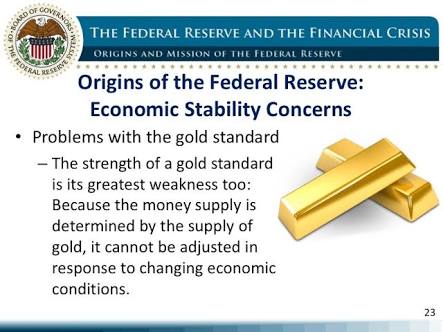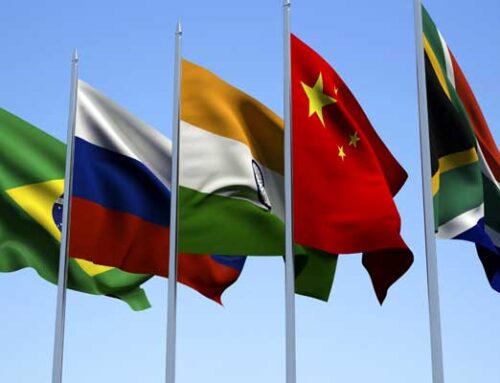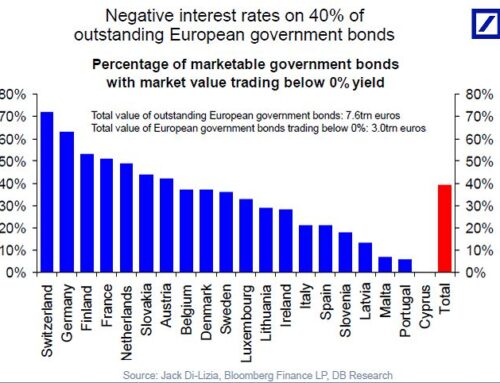Money is what money does’
Till 2008, significant transactions were taking place in US dollars. The reason behind this was the faith in the US economy. People thought that the US economy was robust and impossible to fail. But the giant failed and gave us a big crisis. Freddie Mac, and Fannie Mae, one of the best companies, failed badly, and the government was supposed to come to rescue them. Goldman Sachs, the Company with AA+ RATING, also fails. Then the shock of this crisis was so big that faith in the US dollar was poorly affected, and people worldwide were trying to find a currency on which the faith. Why did this all happen? Why do we need some relevant figure which acts as a constant or gives a guarantee like any underwriter in IPO? To find the answers to all these questions, let’s see the history of gold standards and currencies and how they come into existence.
The history of currency starts in China. People realize that barter is not a sound system when it comes to change for a city or village or when you are traveling. The answer comes from a scenario where you give your property which is like currency, to a man. Most of the time, he is Priest or related to the temple. Against that all, the issues the ‘Promissory Note.’ If you give the note to another person in another city or temple or related to him, another fellow will provide you with all the things equal to the value of that note. But after some time, peoples are not interested in the property but the note itself. There paper money or coin era started.
In the next stage, as development takes worldwide. Promissory notes are connected with Gold as Gold is a precious metal for giving a guarantee about the currency. And it is the base of gold standards. With the gold standard, countries agreed to convert paper money into a fixed amount of gold. A country that uses the gold standard sets a fixed price for gold and buys and sells gold at that price. That fixed price is used to determine the value of the currency. For example, if the US sets the price of gold at $500 an ounce, the dollar value would be 1/500th of an ounce of gold. The US was the country that scrapped Gold standards lastly in 1971. All because of this, people worldwide feel secure when they are in US dollars. The US was taking a guarantee to give gold with an equivalent amount if something went wrong.
Following World War II in 1945, Europe and the rest of the world embarked on a lengthy period of reconstruction and economic development to recover from the devastation inflicted by the war. Crude Oil was not invented then as fuel. It is natural medicine. (Yes) . So, for some time, the US has been the winner, affecting all global commerce. Although gold initially served as the base reserve currency, the US dollar gained momentum as an international reserve currency linked to gold’s price. But because of some reasons, Central Bankers worldwide were not in a situation to continue the system. One primary reason is in Gold Standards, and there are limitations for printing money. One of the main problems was that the systems ultimately relied on central banks to “play by the rules.” The rules required central banks to adjust the discount rate to allow for proper inflow and outflow of gold to bring the exchange rate back to par with trading partners. While many countries followed the rules, several did not – France and Belgium. Any system requires the cooperation of the parties involved, and the gold standard was no exception. It is difficult in a situation where any country is in deficit. They should hand the gold reserves as the money is related to it. That was not good for any economy; possibly, some may deny it. A second problem with the gold standard was that while it did maintain average price stability over the long run, there were still short-term price shocks that needed to be absorbed by economies. The California gold discovery of 1848 is a prime price shock example. The gold find increased the money supply, which raised expenditures and price levels, creating a short run of instability. While this could be counter-acted with the proper protocol, economic disruptions did occur during gold standard times, and no attempts to sustain a gold standard have lasted. So what to do? How to come out of this. The answer was BRETTON WOODS AGREEMENT.
A landmark system for monetary and exchange rate management established in 1944. The Bretton Woods Agreement was developed at the United Nations Monetary and Financial Conference held in Bretton Woods, New Hampshire, from July 1 to July 22, 1944. Major outcomes of the Bretton Woods conference included the formation of the International Monetary Fund and the International Bank for Reconstruction and Development and, most importantly, the proposed introduction of an adjustable pegged foreign exchange rate system. Currencies were pegged to gold and the IMF was given the authority to intervene when an imbalance of payments arose. One of the proposals of the Bretton Woods conference was that currencies should be convertible for trade and other current account transactions. ( Investopedia )
After the crisis, some people are advocating the re-adoption of gold standards. Unfortunately, it is impossible to readopt Gold bars. The reasons are many. But the main reason is that it can not generate economic value; in other words, it only controls the flow of money and Growth takes place in Economics. Gold standards are nowhere in today’s world, where we are trying to make Growth.
Another point is about faith in currency and exchange. I agreed that after the crisis, our confidence in currency was. But that also happened with gold in history. Just search on Google, and you will find many incidences. I want to close this post with one thought. Economics and the financial sector are dynamic. It changes itself with every new situation and problem. So the answer of one might not apply all the time.




